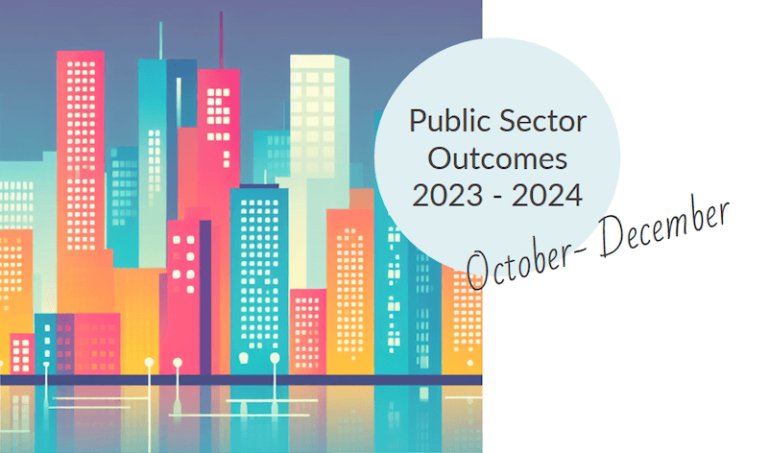
Contents
High-performing governments are easy to spot: they’re open, they’re transparent, they’re accountable, and they’re engaged. They have the right tools at their disposal and they get the job done.
If you work for a government organization, you know it can be challenging to keep things running smoothly. Setting the right course of action, meeting goals, and communicating with stakeholders is easier said than done, but if you take the time to lay the right foundation, it can be the difference between good government and great government.
These five key steps are the magic behind high-performing government.
1. It all starts with a good strategic plan
Get started. Without a plan, you’re a ship without a rudder, and very little gets accomplished when you’re adrift. The most important part of a strategic plan is starting with a vision. Ask yourself, “Where do we want to go? Where will we be in three years? In five years?” Your answers will inform your big picture – a vision of the future. It’s that overriding destination that your teams can rally around.
High-performing governments reach out to their stakeholders, engage their community and their councils to uncover what’s really important to them. They may hold retreats or consult outside experts to help them understand the big picture.
Your strategic plan will guide the work you do. It can become the reason why everyone in your organization shows up every day. And without a good plan you are destined to fall short of your goals.
2. Bring your plan to life and align it with the work people do every day
You know where you want to be – now how do you get there? Where high-performing governments excel is translating their plan into actions. If you plan to make your community a safer place to live you can start by setting tangible, measurable goals like: improving emergency response times, upgrading infrastructure, implementing harm-reduction programs. Once you start setting measurable targets, you can start to map out the steps required to get there, and you can align these with the work people are doing every day.
Trace a line from your plan to your goals and right through to your daily operations. Keep things specific, realistic, and achievable and help your people see how their work contributes to your overall vision.
3. Decide how to measure your progress – and keep track of it
Don’t be afraid to look under the hood. You can’t know where you’re going if you don’t know where you are. You need to define what success looks like for you, and decide how you’re going to measure it. If you want to measure ambulance response times to road accidents, put the proper tools in place to capture that information. High-performing governments define what success looks like from the outset by selecting and tracking quantitative and qualitative performance indicators.
High-performing governments know that success doesn’t happen overnight, but that it’s important to know if the needle is moving in the right direction. Even incremental improvements help motivate your teams. And if you’re not seeing the kinds of results you’d like, it’s easier to reassess when you have the right information at your disposal.
4. Benchmark your performance with peer communities
Step outside the silo – one of the best ways you can improve is by comparing your performance measures to those of peer communities. Chances are if you’re tracking key performance measures so are your peers. You might be focused on clearing roads to remote communities or cleaning up after natural disasters, but assessing that performance is only part of the equation – you need to validate it, and to do that, you need to compare it. It is incredibly enlightening (and a little unnerving at first) to know how your performance compares to that of your peers.
Performance benchmarking opens up conversations on best practices for continuous improvement. It’s about building the basis for conversation, feedback, and connection with other communities. When you start to track and compare, you begin down the path of getting better at getting better.
5. Meet your stakeholders with openness and transparency
High-performing governments see stakeholders as partners, not as problems. And governments have a lot of stakeholders. Municipal governments report to councils, but they’re also accountable to other levels of government, private foundations, and the public. The key to building these relationships is to have a robust reporting system that is open and transparent. It is vital to understand what each stakeholder requires and to build a reporting strategy and cadence based on these requirements. Some local governments also share information via public performance dashboards.
It’s natural to feel a bit of hesitation when it comes to letting people peek behind the curtain, but transparency is one of the most important aspects of a high-performing government.
High-performing governments set themselves up for success. If you don’t have the right foundation in place, you’re always scrambling, reacting, and putting out fires. Laying the groundwork is like fire prevention – it gives you the tools to see your plan through effectively and efficiently.
Looking to take your strategic plan to the next level? Book a demo of Envisio with one of our solutions experts.





